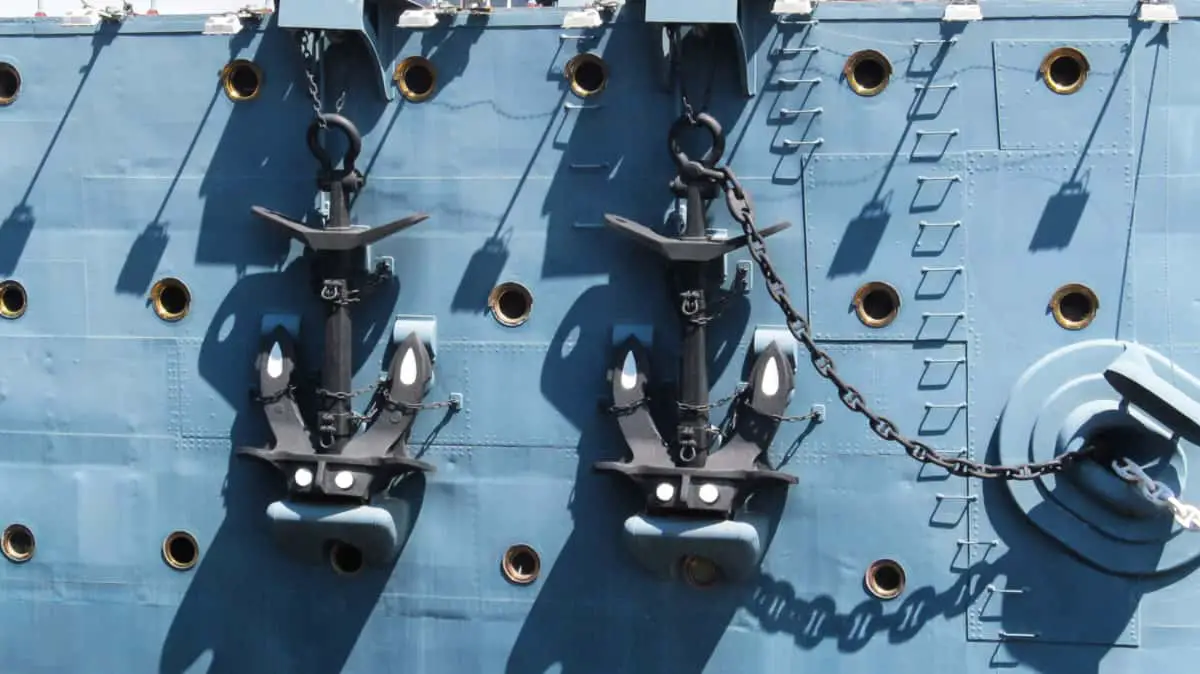As an Amazon Associate, we earn from qualifying purchases. We may also earn commissions if you purchase products from other retailers after clicking on a link from our site.
I have had my anchors drag and woken up on the beach, I have had unwanted visitors at night when I was away and I have left the boat in such a bad spot that once the wind had shifted I couldn’t get back on board due to the waves. I did all the mistakes! now here’s your chance to learn from it 🙂
The deepest a boat can be anchored is 1440ft (439m) read below to understand why!
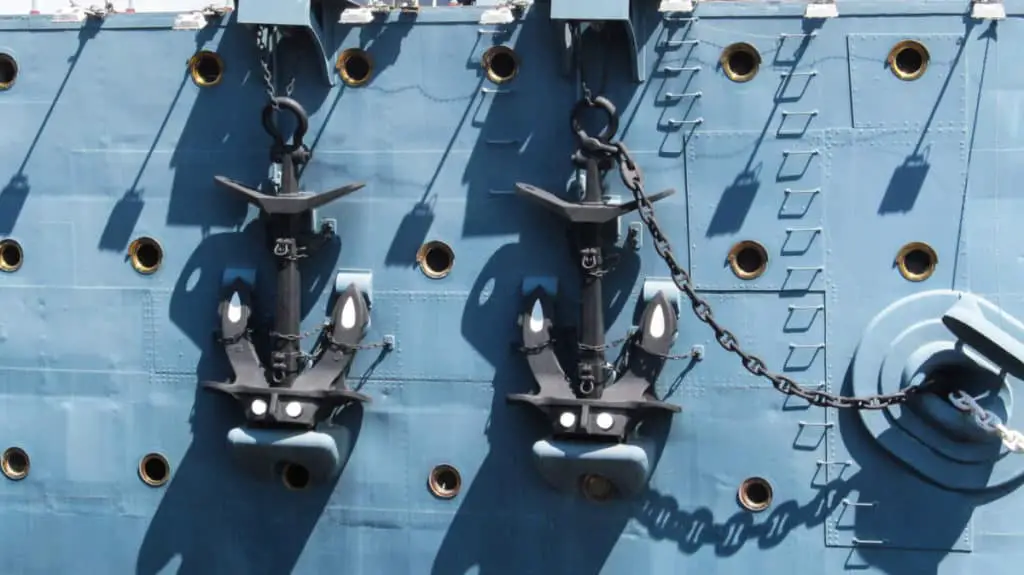
Where You CAN`T Anchor Your Boat
1. In The Middle of The Ocean
The basic idea of an anchor is to attach the boat to the bottom of the sea and therefore give the boat a fixed position. If the sea is too deep, the boat will not have enough anchor chain to reach the bottom and the anchoring will be unsuccessful. In theory, this would only mean that you would have to bring more anchor chains, but in practice, the weight of the chain would make the ship too heavy.
2. In Restricted Areas
Traveling the Bahamas there are almost unlimited places where I would be able to set my anchor, but still, there would be places that where anchoring was banned. Most often this is due to environmental effects such as hurting coral reefs or anchoring in an area with endangered animal species.
Other restricted areas include privately owned marinas (where you’ll only be able to stay if you pay for a mooring ball) or outside islands during bird nesting times.
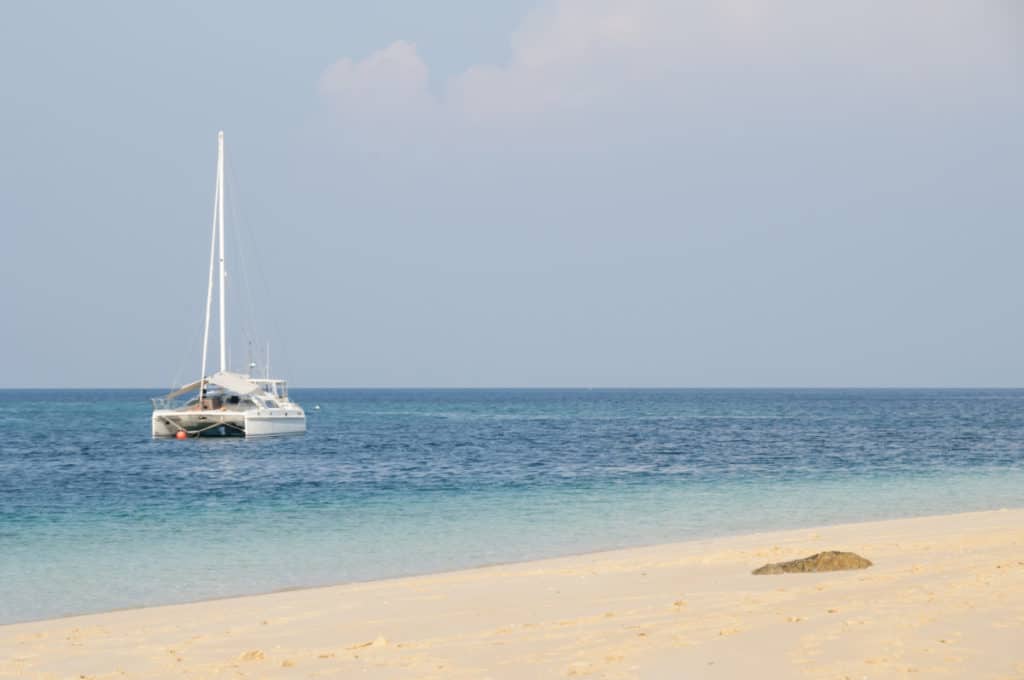
3. Unprotected Waters
As mentioned above, the anchor attaches to the bottom of the sea with an anchor, this anchor works as a hook and “sticks” to the sand or mud bottom. If the weather gets nasty and waves start to increase, the boat movement will increase and so will the janking movement of the anchor on the bottom.
This jerking and moving may cause the boat to “drag anchor” or completely rip the chain or rode (rope) in pieces and leave your boat to drift.
I once drifted up onto a beach in the middle of the night. Fortunately, we woke up before anything vital was destroyed.
4. Too Close To Other Boats
This is one of the trickier ones, many times you will set your anchor in the vicinity of someone else’s boat, this is fine as long as you are sure that there is plenty of room for both of you to swing around. Make sure you can do a full 360 spin with the full length of your chain without hitting your neighbor.
Also, make sure you check out your neighbor’s anchor, sometimes the boat will be positioned in a way that necessarily doesn’t show the full range of the chain.
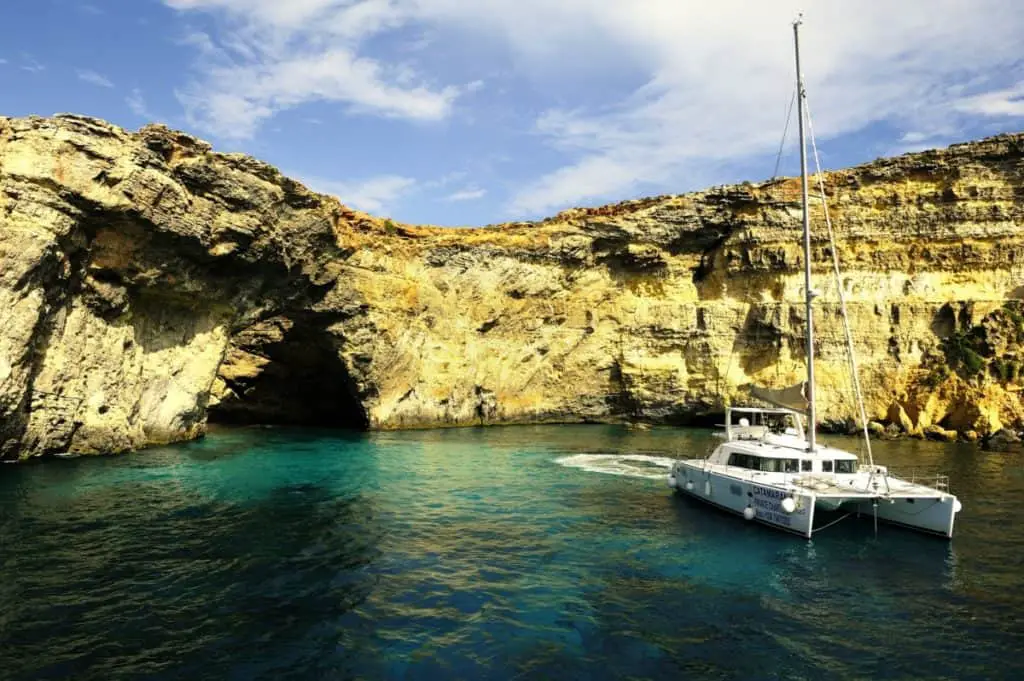
5. Risk Of Theft
The benefit of a marina is that most of the time they have surveillance and security staff to deter theft. But when you are on anchor, you are more vulnerable to theft and break-ins from anyone with a boat. Make sure you lock your boat and secure your dinghy overnight.
Pro-Tip; Dive and make sure your mooring is in good order, no cracks and fresh rode.
Gabo
Where You CAN Anchor Your Boat!
1. Check The Maps For Good Spots
Yes, this is a super boring tip, but it makes soo much sense, I met too many sailors asking for secret spots, but to be honest the best locations to anchor your boat are already on your nav station. Just make sure to understand the wind changes that will happen during the night to avoid swells and winds.
Pro tip: Many people tighten the lines on their rigging to avoid banging noises, this adds some extra stress and sometimes creates a whistling noise. My suggestion is that you let your lines loose just a little bit, this releases the tension and makes them move with the wind instead of slapping against the mast.
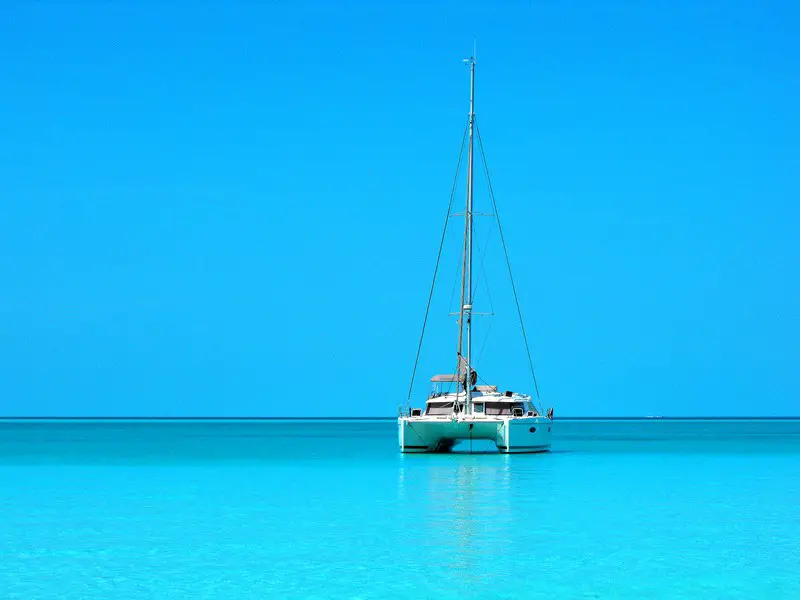
2. A Place Where The Amendeties are Good
Anchoring is only the first part of the night, once on-site you probably are going to want to do some exploring. Make sure you stay in a spot that has the things in life that you like, maybe it’s getting close to an isolated island, or it’s being able to take the dinghy to a nearby bar.
Nothing sucks more than to drop anchor, have tons of energy but realizing that you’re too far away from all the fun.
3. Ensure The Mooring Is Rated For Your Size
Moorings are rated to handle different-sized boats, if you are on a small 35ft you’ll be fine almost anywhere, but getting up to 50+ft and I would definitely make sure I’m attached to a well maintained and correctly rated mooring.
Common Questions
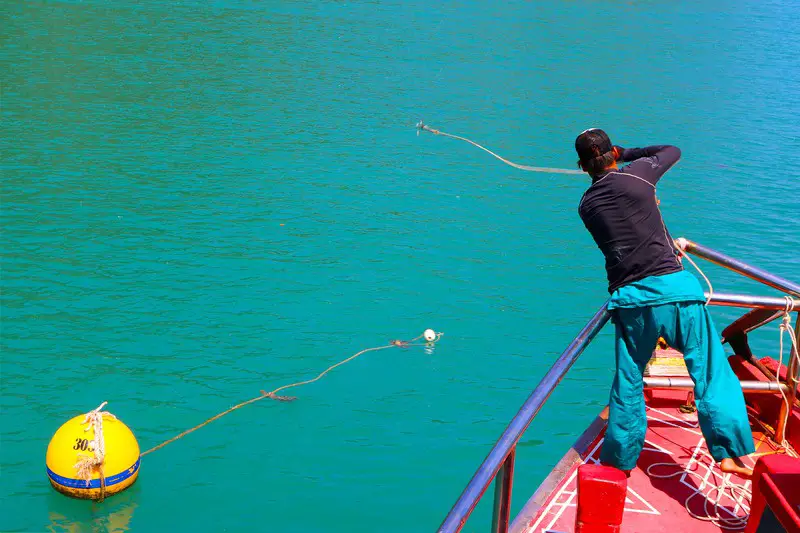
What Is The Difference Between Anchoring and Mooring?
Anchoring is when a boat is attached to the bottom of the sea via an anchor that is carried on board the ship. Mooring means that the boat is attached to the seabed through a pre-placed weight at the bottom, this weight is attached to a floating mooring ball making it easy to pick up the so-called mooring line.
Both anchoring and mooring are ways to fix a boat’s geographical position and avoid drifting.
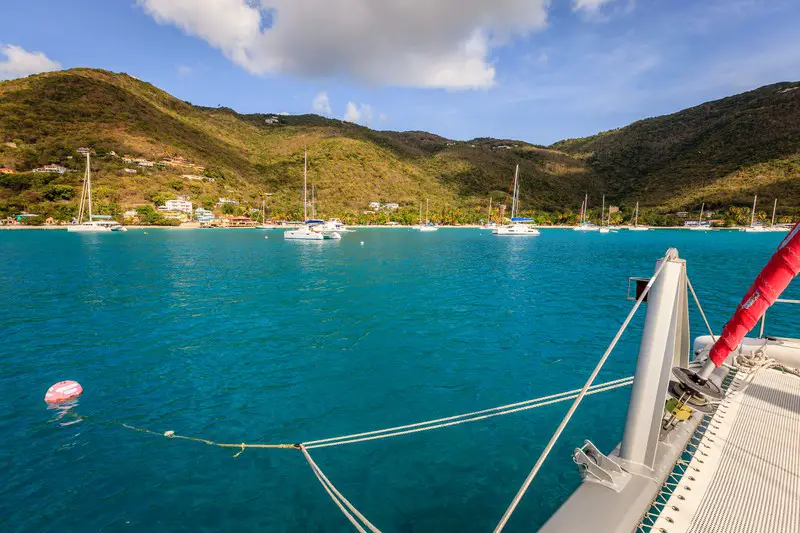
Where Do Boats Leave Their Human Waste?
Boats can dispose of human waste in two ways: storing it in the black water tanks (to be pumped out at a marina) or dumping it straight into the water.
Does a Boat Anchor Always Touch The Bottom?
Boat anchors always touch the bottom, if the anchor does not connect with the seabed there is nothing for the anchor the hold the boat in place. Although there is a device called a sea-anchor, this only reduces drift and acts more as a brake than an anchor.
Can You Sleep at Anchor?
Whether you are on a small or big boat, sleeping at anchor is not only possible but also necessary. Most nights are spent at anchor and only under long passages will you be sleeping while sailing.
How Deep Do Anchors Go?
The USS Gerald R. Ford aircraft carrier has the longest anchor chain in the world, it is 1440ft (439m) long. The standard marine procedure is to use 7 times more chain than the depth of water (7:1). This means that the deepest an anchor can drop is 206ft (63m).
Why Do They Say Weigh Anchor?
Weighing the anchor is a nautical term that means raising the anchor. This is the final stage before leaving the berth and heading out to sea.

